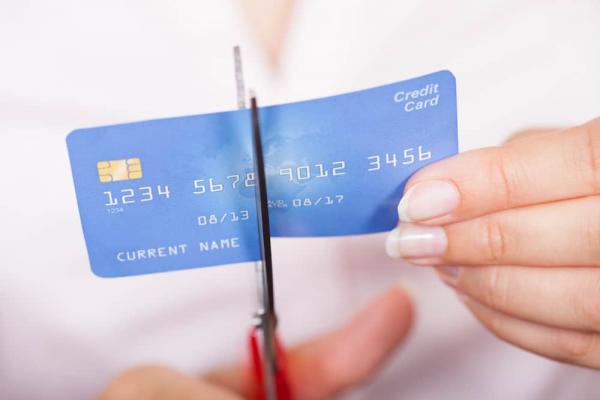
Not long ago, it was virtually impossible to have too much consumer debt because no one would lend you money you couldn't afford to repay. Over the last generation, however, that changed. Credit card companies figured out they could develop loyal customers early by issuing credit cards to college students - people with no income. It only gets worse from there.
In 2008, virtually everyone carrying high debt figured it out. Credit dried up, asset prices withered, and consumers filed for bankruptcy in unprecedented numbers.
As the economy recovers and credit becomes available again, you need to protect yourself from borrowing too much.
The first sign that you have too much debt is when you have to use one credit card to pay off the balance on another. I was young and married, 20-plus years ago when I first saw "I pay my Visa with my MasterCard"� on a bumper sticker. For many, this has been a financial planning tool.
Bankers use the word "fungible"� to describe money's interchangeability. One crumpled old dollar is worth the same as three quarters, a dime and three nickels. A one dollar charge on your credit card holds the same value as a one dollar withdrawal from the bank. It all works the same.
One implication of this is that you may not even realize that you truly are paying your Visa with your MasterCard! If you charge virtually everything (as so many of us do) each month and your credit card balances are rising, you are effectively borrowing money each month, and you are effectively borrowing money to make your credit card payments - even if you don't literally use one card to pay another.
In the U.S., the tax code is progressive, meaning that the more you earn, the greater percentage of your income goes to taxes. The less you earn the greater percentage of your income is spent on necessities. One thing tends to hold constant for virtually all households. Only 40 percent of your income can be allocated to debt payments, including housing. If the total of your monthly debt payments, including rent, is greater than 40 percent of your income, you likely can't afford to make all of your payments and you're borrowing more every month to make ends meet.
Add up all of your monthly payments, including rent, but excluding utilities. When you divide that total by the gross amount of your paycheck, is the result less that 40 percent? If not, you likely have too much debt and should immediately develop a plan to cut the balances down to size.
Be careful not to go too easy on yourself. It is relatively easy to find cheaper sources of money that can be repaid over longer periods of time. That is a sure way to add to your problems in the long term. Instead, focus on paying off your debts one at a time, starting with the littlest ones first!

